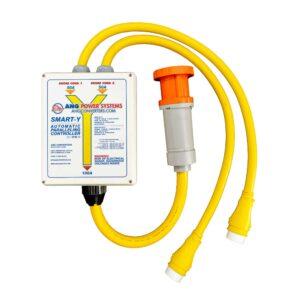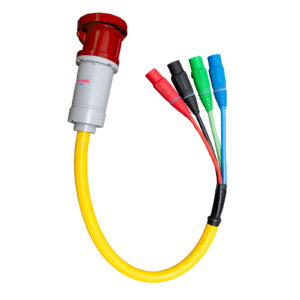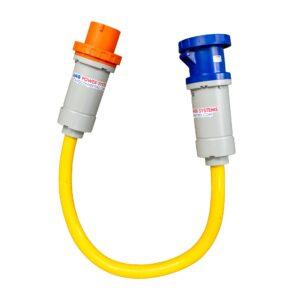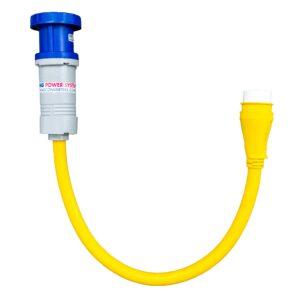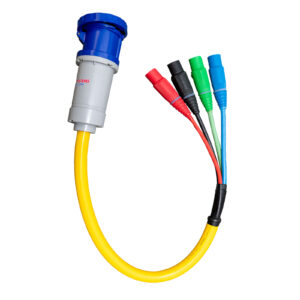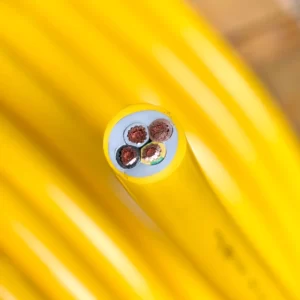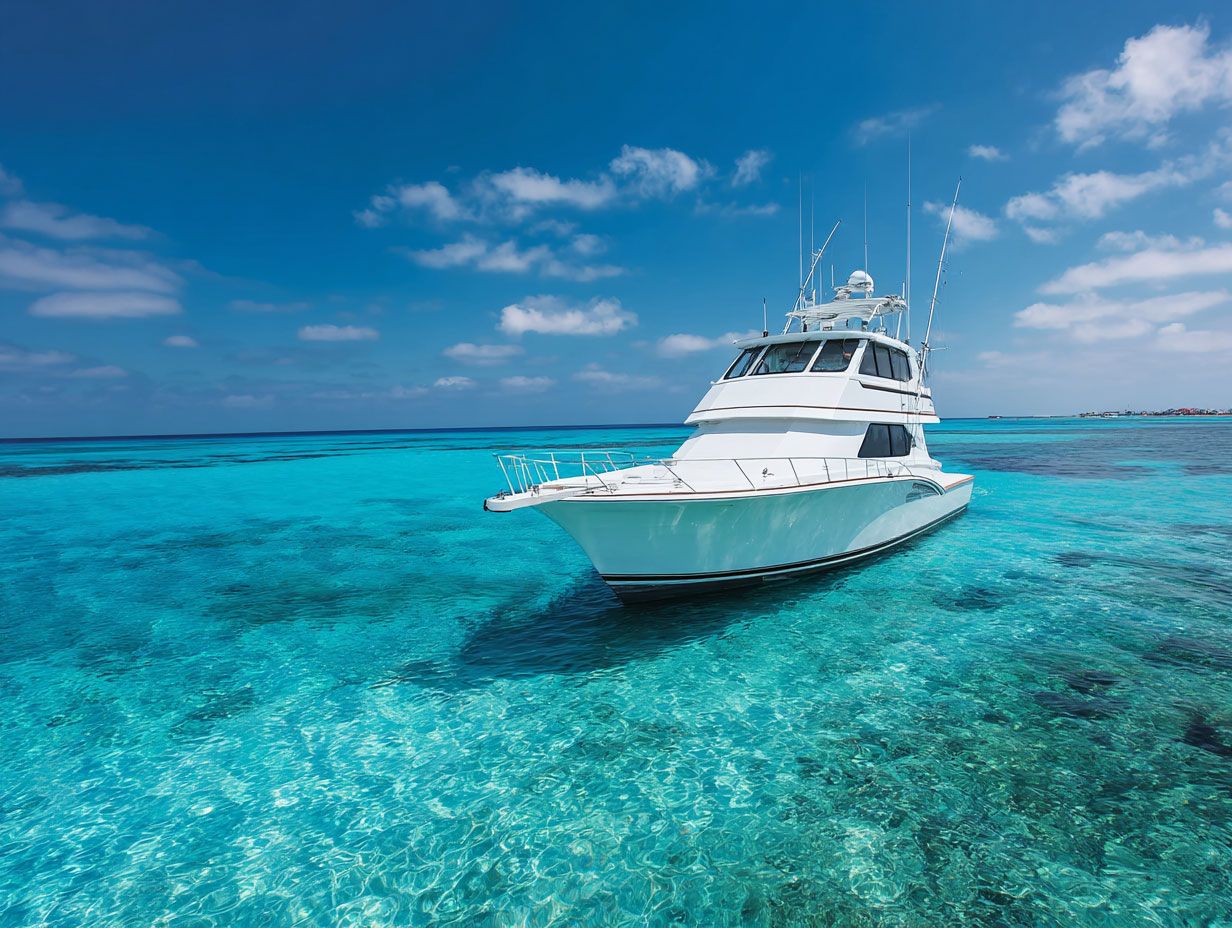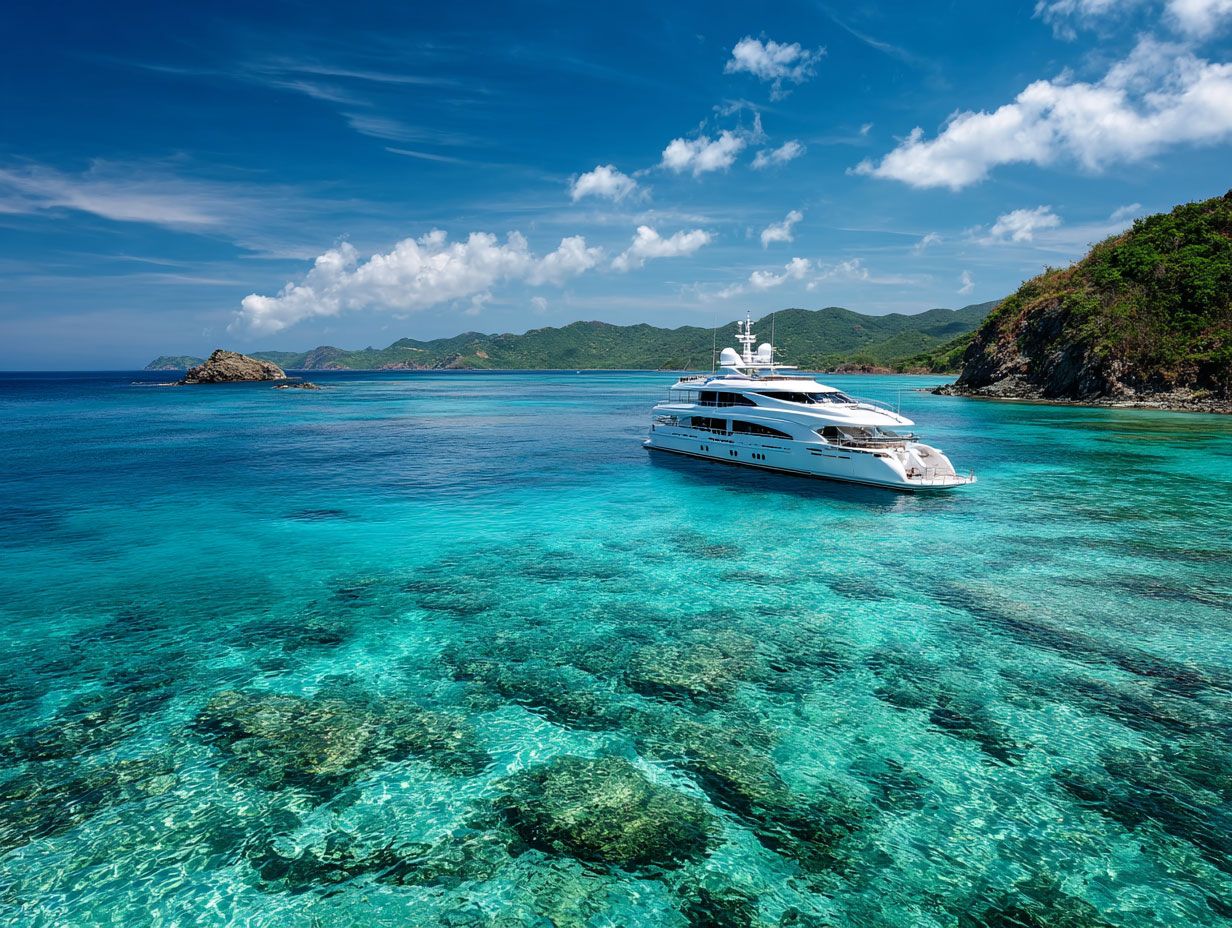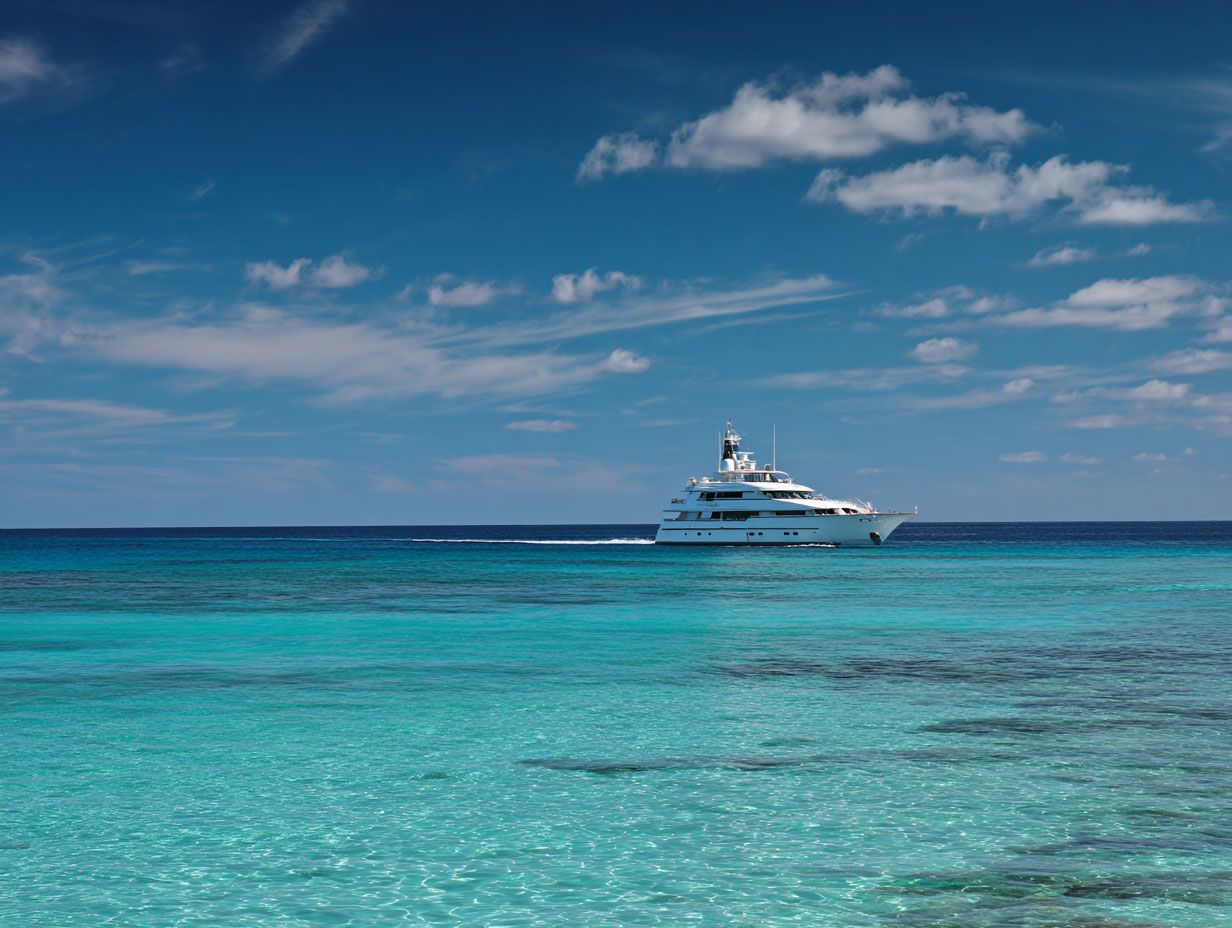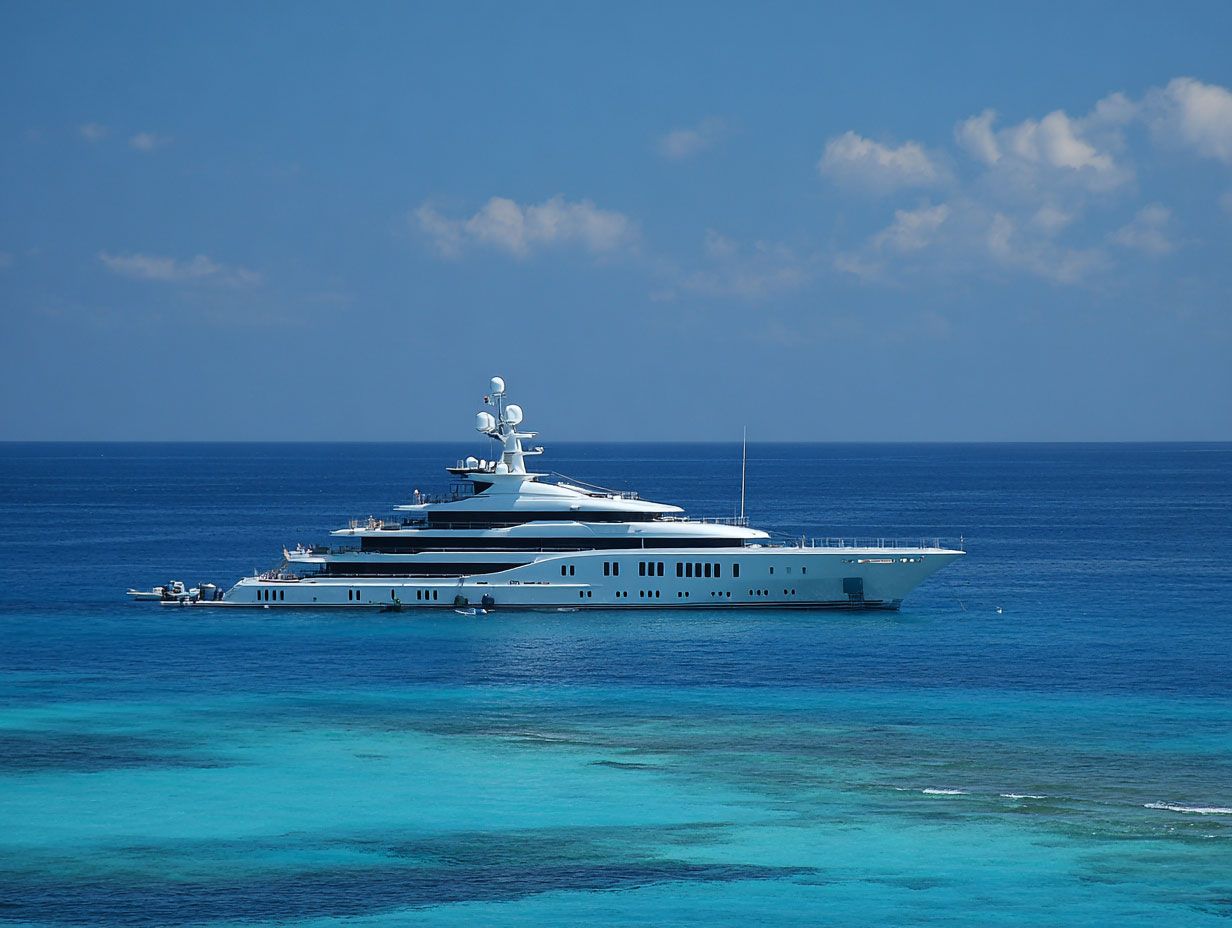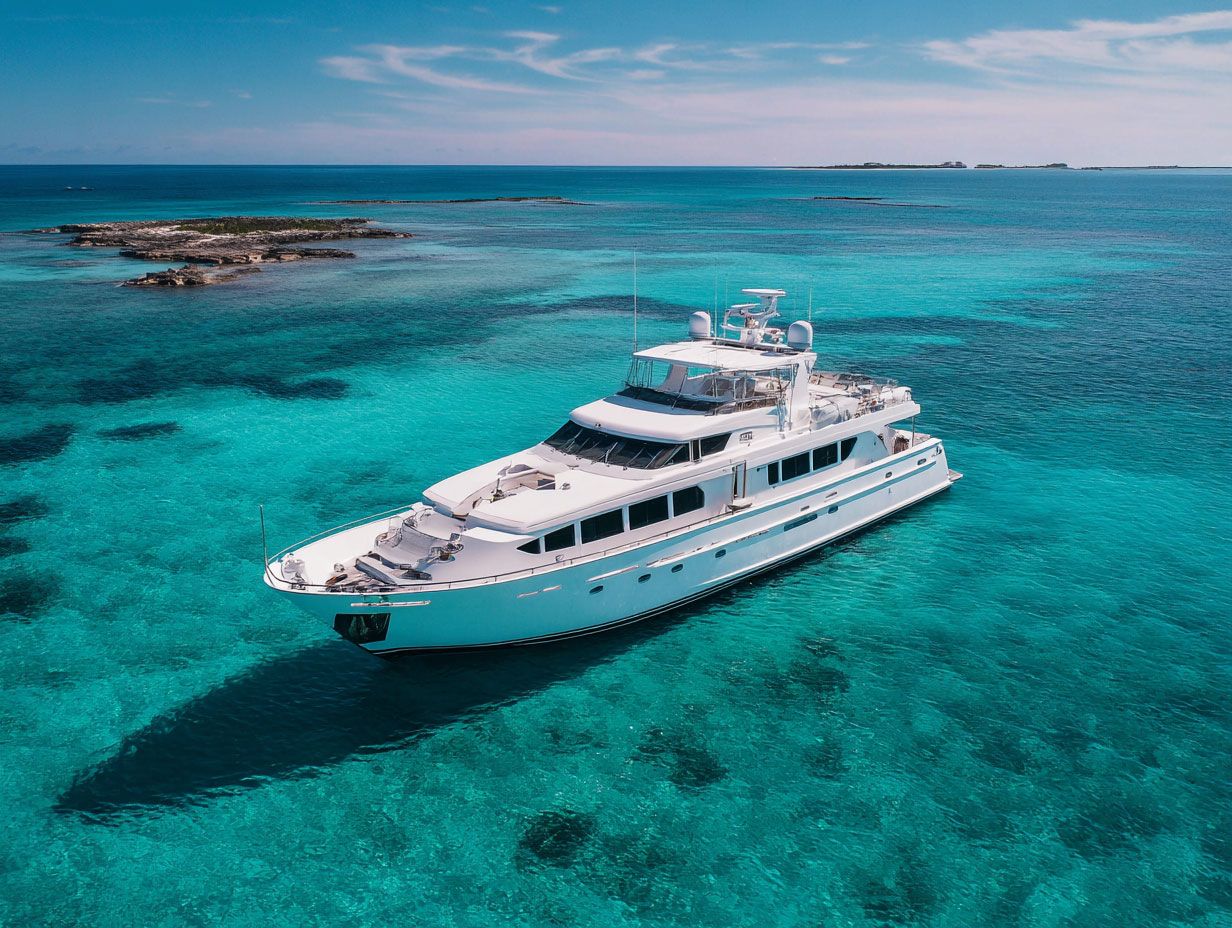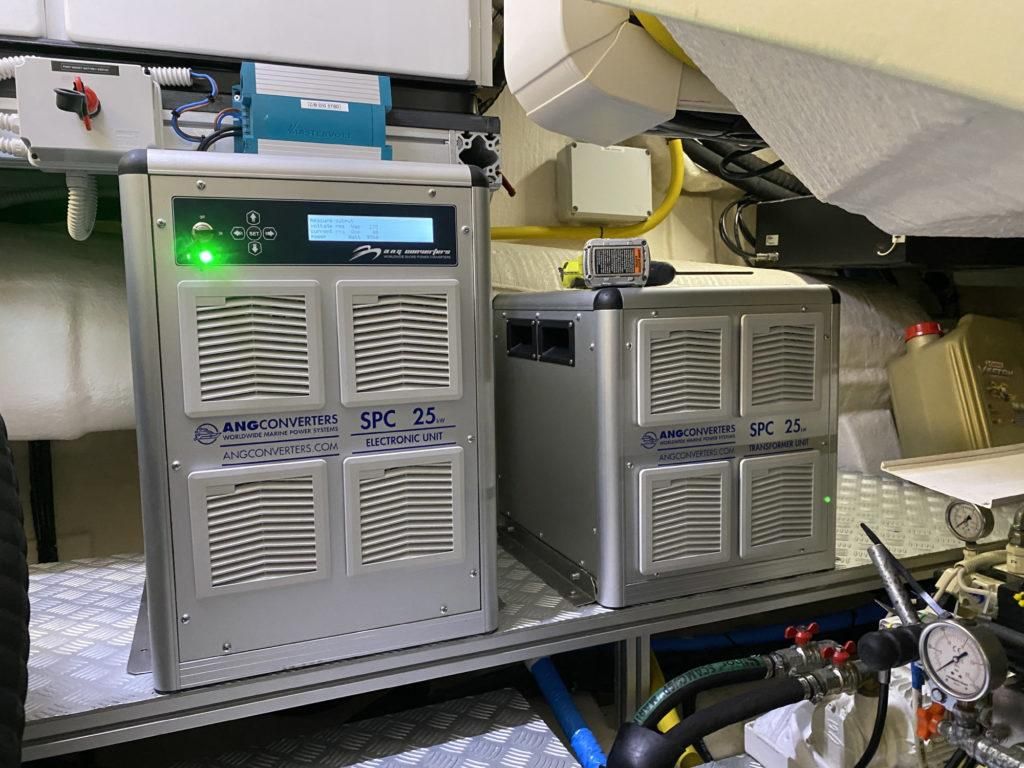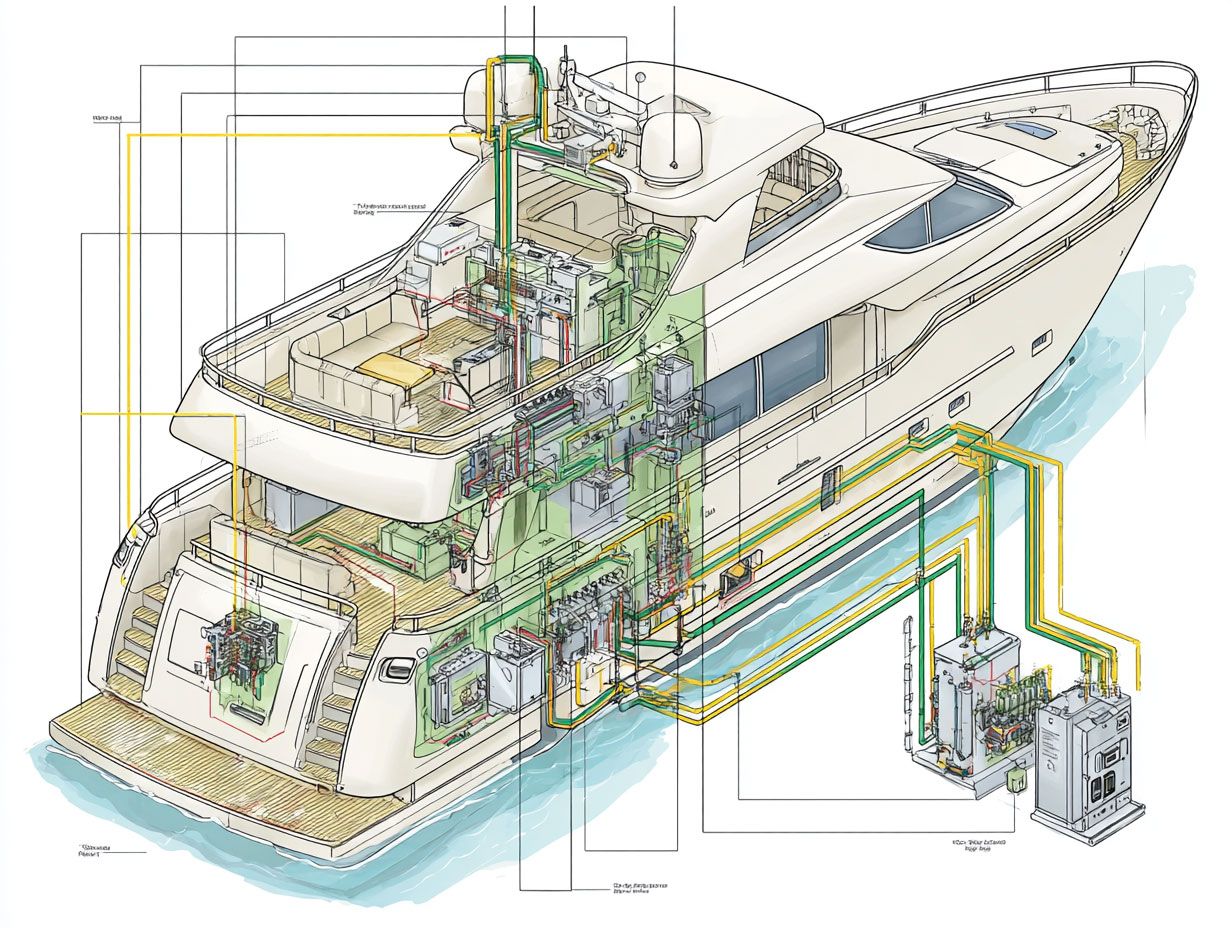When you’re docking your yacht in different marinas around the world, one challenge is consistent: ensuring a safe, reliable power supply no matter the local voltage, frequency, or phase configuration. That’s where a high-quality shore power converter becomes essential.
Below, we’ll look at what to consider when choosing a converter, compare popular options, and explain why ANG Shore Power Converters™ are widely regarded as the most advanced solutions available.
Why Shore Power Converters Matter
Shore power converters do more than just adapt a plug—they handle:
- Voltage conversion: matching dock voltage to your vessel’s requirements.
- Frequency conversion: for example, converting 50Hz European power to 60Hz U.S. systems.
- Phase adaptation: allowing boats to connect even if the dock’s phase doesn’t match.
- Electrical isolation: protecting equipment and reducing corrosion risk.
Without a robust converter, you risk damaging sensitive electronics, tripping breakers, or being unable to use essential onboard systems.
Key Features to Look For
When evaluating shore power converters, consider:
- Input Range: Can the unit handle different voltages and frequencies?
- Output Quality: Does it deliver pure sinusoidal output and stable voltage?
- Footprint: Is it compact and lightweight enough for your installation space?
- Cooling & Protection: Are there built-in protections for overload, overheating, and voltage spikes?
- Certifications: Look for compliance with UL, CE, and marine safety standards.
- Ease of Use: Fully automatic operation saves time and minimizes user error.
Popular Shore Power Converter Brands
Here’s a quick comparison of respected marine shore power converters:
✅ Atlas Marine Systems
- Known for rugged frequency converters.
- Good build quality and support.
- Larger and heavier footprint than some competitors.
✅ ASEA Power Systems
- Trusted for commercial vessels.
- Reliable operation and wide voltage/frequency range.
- Higher cost and more complex installation.
✅ Charles Marine (now limited availability)
- Once popular for Iso-Boost solutions.
- Many units aging out of service and require replacement.
✅ ANG Shore Power Converters™
- The most advanced converters on the market.
- Universal input from 110V to 520V, 40–440Hz, single- or three-phase.
- The smallest and lightest footprint in their class.
- Pure sinusoidal output with +/-10% voltage tolerance.
- Fully automatic operation and integrated isolation transformer.
- RS232/Ethernet connectivity and intelligent protection systems.
- Custom configurations and fast lead times.
Why ANG Converters Stand Out
While other manufacturers offer reliable products, ANG Shore Power Converters™ combine all the advantages into a single solution:
- Compact Design: The lightest, most space-efficient units in their category.
- Universal Compatibility: Plug in anywhere, worldwide.
- Cutting-Edge Technology: State-of-the-art components for exceptional performance.
- Proven Reliability: Backed by 30+ years of marine power expertise.
- Custom Solutions: Tailored configurations to meet any vessel’s needs.
This combination of innovation, build quality, and support makes ANG the preferred choice for discerning yacht owners and shipyards worldwide.
Final Thoughts
Selecting the right shore power converter ensures your yacht stays fully powered, wherever your travels take you. While there are several respected brands to consider, ANG Shore Power Converters™ offer unmatched performance, flexibility, and peace of mind.
Contact us today to learn more, request a quote, or explore custom solutions for your vessel.
